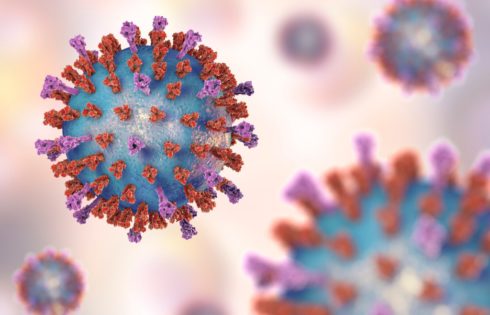
Mutated coronavirus strain spreads up to 9X quicker
A new study has confirmed that there is a new version of coronavirus that spreads faster than ever before. This new mutation of the coronavirus reportedly spread from Europe to

A new study has confirmed that there is a new version of coronavirus that spreads faster than ever before. This new mutation of the coronavirus reportedly spread from Europe to
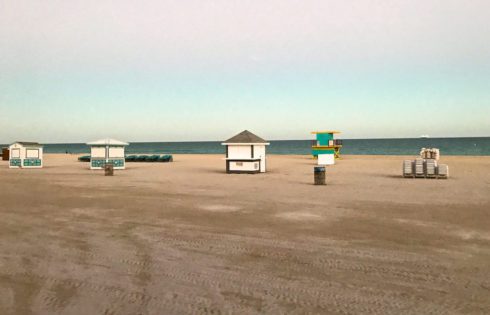
The city of Miami, Florida is imposing fines for refusing to wear face coverings and repeat offenders could be liable to pay up to $500. The new mask policy will

The United States just reported 36,000 new coronavirus infections on Wednesday. This number surpasses the previous single day record of 34,203 that was set back on April 25th. This means
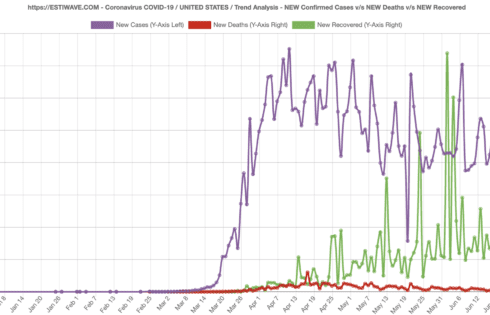
Update: As more cases of coronavirus rise in the US, many people have questions about which parts of the country have been hit worst. It’s clear that overall the country
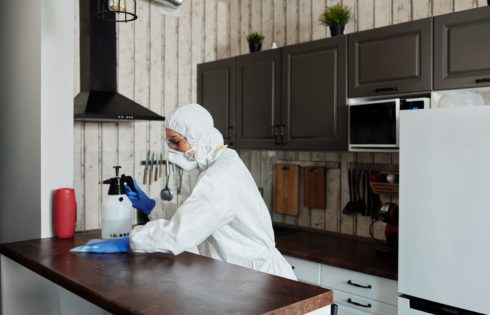
The coronavirus has wreaked havoc on the whole travel industry. It forced people to stay isolated at their homes and it demolished businesses in the travel sector. Airlines started canceling
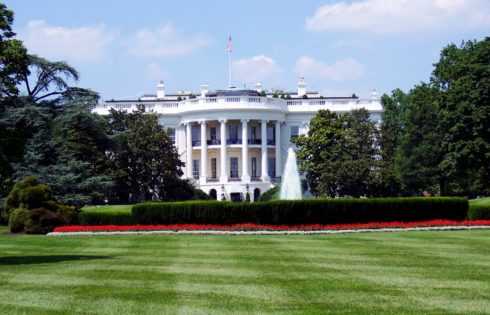
Today, we received more details from White House economic adviser Larry Kudlow regarding a second stimulus package and round of stimulus checks. First, it looks like there is confirmation that

Update: 6/18/20 We now have more data that clearly shows coronavirus cases spiking on a more worrying level. In Texas, hospitalizations are now up more than 84% since Memorial Day.

Over the past month, economies have started to open back up as millions of Americans have been eager to begin to get back to normal. Policymakers have had to make

If you’ve been thinking that the coronavirus is under control and that international travel might be opening up sooner than we thought, you may want to hold that thought for

There’s been endless debate about whether or not it is currently safe to end the lockdowns in many different parts of the country. Most states are beginning with a phased
| Cookie | Duration | Description |
|---|---|---|
| cookielawinfo-checkbox-analytics | 11 months | This cookie is set by GDPR Cookie Consent plugin. The cookie is used to store the user consent for the cookies in the category "Analytics". |
| cookielawinfo-checkbox-functional | 11 months | The cookie is set by GDPR cookie consent to record the user consent for the cookies in the category "Functional". |
| cookielawinfo-checkbox-necessary | 11 months | This cookie is set by GDPR Cookie Consent plugin. The cookies is used to store the user consent for the cookies in the category "Necessary". |
| cookielawinfo-checkbox-others | 11 months | This cookie is set by GDPR Cookie Consent plugin. The cookie is used to store the user consent for the cookies in the category "Other. |
| cookielawinfo-checkbox-performance | 11 months | This cookie is set by GDPR Cookie Consent plugin. The cookie is used to store the user consent for the cookies in the category "Performance". |
| viewed_cookie_policy | 11 months | The cookie is set by the GDPR Cookie Consent plugin and is used to store whether or not user has consented to the use of cookies. It does not store any personal data. |
